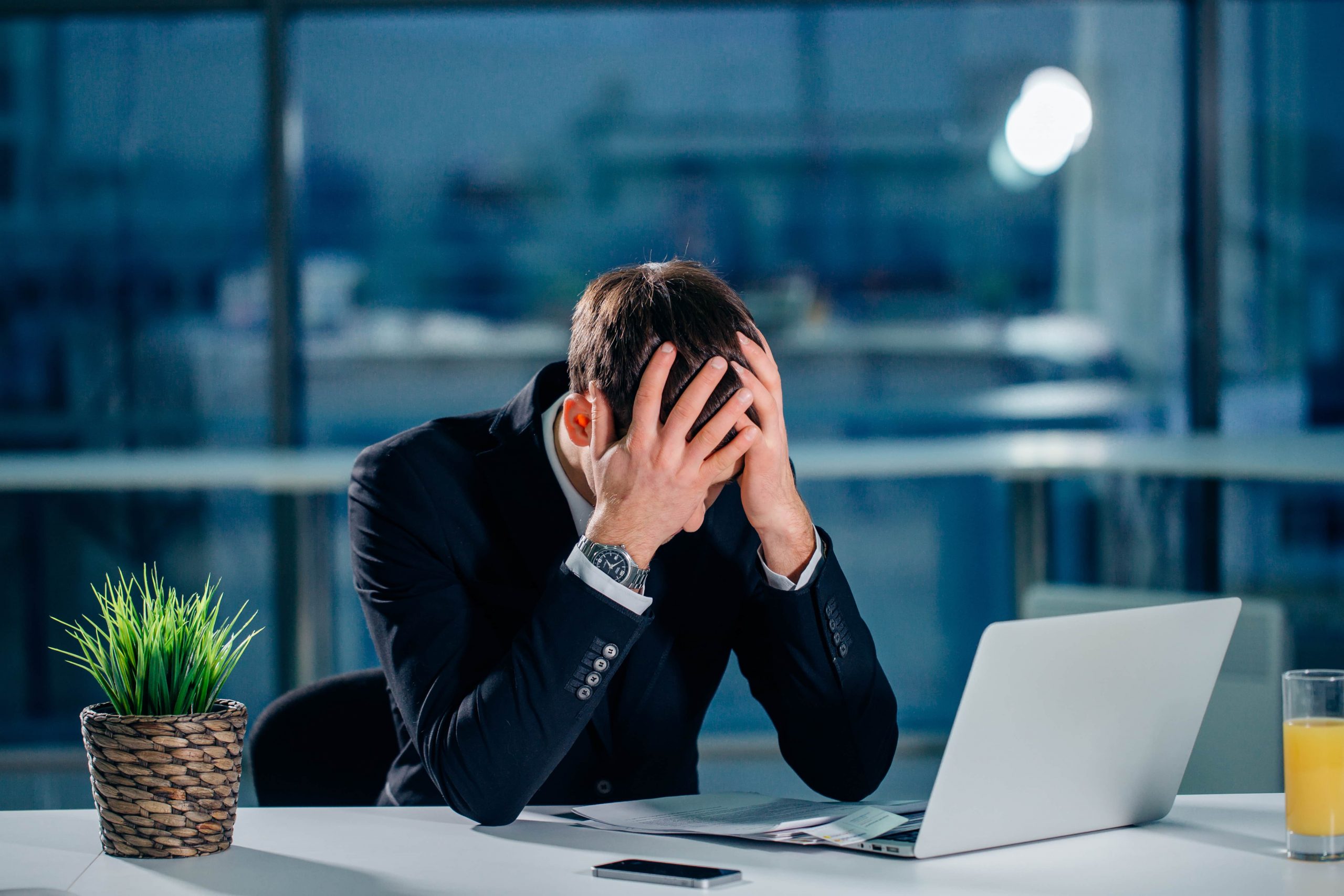The Silent Epidemic: How Job Burnout Is Quietly Destroying Careers — and What You Can Do to Recover
It starts quietly, disguised as commitment. You stay late, skip lunch, answer one more email—and call it dedication. But somewhere between “just getting ahead” and “just getting through,” something changes. You stop caring, you stop sleeping, and work becomes a slow drain on your mind and body. That’s not laziness—it’s burnout, the silent epidemic reshaping the modern workforce.
What Is Job Burnout?
Job burnout is a state of physical, emotional, and mental exhaustion caused by prolonged stress at work. It often develops when constant pressure, lack of control, or unrealistic demands make people feel powerless and detached. Over time, burnout blurs the line between professional effort and personal wellbeing, leaving you depleted, cynical, and unable to recharge.
How to Know If You’re Experiencing Job Burnout
You might be burned out if you wake up already tired, dread the workday ahead, or feel disconnected from what once motivated you. Concentration fades, sleep becomes erratic, and the smallest tasks feel heavy. Emotional exhaustion replaces enthusiasm; patience thins into irritability. Some people notice physical warning signs—headaches, digestive problems, frequent illness—that appear without clear cause. When stress feels endless and purpose disappears, burnout has usually taken hold.
Why Burnout Happens
Burnout rarely stems from a single bad day or difficult boss. It grows from chronic imbalance—too much demand, too little control, and not enough recovery. Many workplaces reward visibility over wellbeing, pushing employees to perform long after their energy is gone. Others suffer from poor communication, unclear expectations, or toxic leadership that undermines trust. Even monotony can trigger it: repeating work that feels meaningless can be just as destructive as overwork.
Isolation deepens the problem. Digital communication has replaced human connection in many jobs, leaving people surrounded yet alone. Without a sense of belonging, stress festers. And when work consumes evenings, weekends, and holidays, there’s no space left to rebuild energy.
The GP Burnout Crisis: A Warning to Every Profession
Burnout isn’t confined to corporate offices—it’s crippling essential services too.
In 2025, research from the University of Manchester published in Frontiers in Public Health revealed alarming levels of exhaustion among UK general practitioners. Of 351 GPs surveyed, 27% showed signs of burnout, while a third planned to quit patient care within five years. Nearly half reported poor work-life balance, and one in four admitted to working while ill.
Lead author Dr. Christos Grigoroglou called burnout and job dissatisfaction “immediate signals that GPs are at high risk of leaving patient care.” His colleague Professor Maria Panagioti warned that “improving work-life balance and reducing the pressure to work while unwell” must become central to retention strategies.
The study highlights what many industries are now confronting: burnout doesn’t just damage individuals—it destabilizes entire systems. When professionals who hold communities together start walking away, society pays the price.
The Corporate Fallout: A Global Workforce Emergency
What’s happening in healthcare mirrors a broader pattern across every sector. The World Health Organization now classifies burnout as an “occupational phenomenon.” Analysts from Gallup and McKinsey report record-high disengagement, with employees citing “lack of purpose” and “constant pressure” as reasons for quitting.
Hybrid work blurred the boundary between job and home; technology amplified expectations of availability. In many workplaces, the reward for competence became more work. Globally, burnout costs economies over $300 billion each year in lost productivity and health expenses—but the human cost is far greater: fractured families, abandoned ambitions, and declining mental health.
Can Job Burnout Be Cured?
Yes—burnout can be reversed, but recovery takes time, honesty, and change. The first step is acknowledging it’s happening. Denial keeps the cycle spinning. Once recognized, small consistent actions begin to restore balance: speaking to a manager or therapist, setting clearer boundaries, and prioritizing rest instead of guilt. Sleep, exercise, and simple human connection rebuild the energy that constant stress erodes.
Recovery also means rediscovering meaning. Many people find new motivation by shifting roles, pursuing learning, or reconnecting with what first inspired them. In some cases, the healthiest choice is to leave a toxic environment entirely. Burnout ends where self-respect begins.
Why Stress Isn’t Always the Enemy
Not all stress is harmful. Short bursts sharpen focus and help us grow. Burnout arises when stress becomes constant and recovery never happens. Resilience isn’t endurance—it’s rhythm. The body needs cycles of effort and rest; the mind needs space for stillness. Recognizing that limit is not weakness—it’s wisdom.
When to Seek Help
If exhaustion turns into hopelessness, if nothing brings joy, or if daily life starts to feel unmanageable, burnout may have developed into clinical depression or anxiety. In the United States, help is available through the 988 Suicide and Crisis Lifeline, which offers free, confidential support 24 hours a day. You can also reach out to your primary care provider or contact Mental Health America (MHA) or the National Alliance on Mental Illness (NAMI Helpline at 1-800-950-6264) for guidance and resources. Seeking help early can make all the difference—because caring for your mental health isn’t indulgence, it’s survival.
The Bigger Picture: 10 Powerful Career Comebacks After Burnout
Burnout is more than a personal struggle; it’s a cultural one. It reflects how modern economies value output over wellbeing, and how ambition, when unchecked, can become self-destructive. From NHS doctors to Silicon Valley engineers, the pattern is the same: too much responsibility, too little recovery, and a silence that hides suffering.
Yet stories of 10 powerful career comebacks remind us that burnout doesn’t have to be the end — it can be a turning point. Many professionals who hit rock bottom later rebuilt stronger, discovering new paths, new priorities, and healthier definitions of success.
As Dr. Christos Grigoroglou cautioned, ignoring burnout “risks losing people’s sense of self.” Solving it will take more than mindfulness apps or motivational posters — it requires workplaces designed around humanity, not exhaustion, and individuals brave enough to redefine what thriving really means.
Because no system — and no career — can truly succeed when its people are running on empty.














